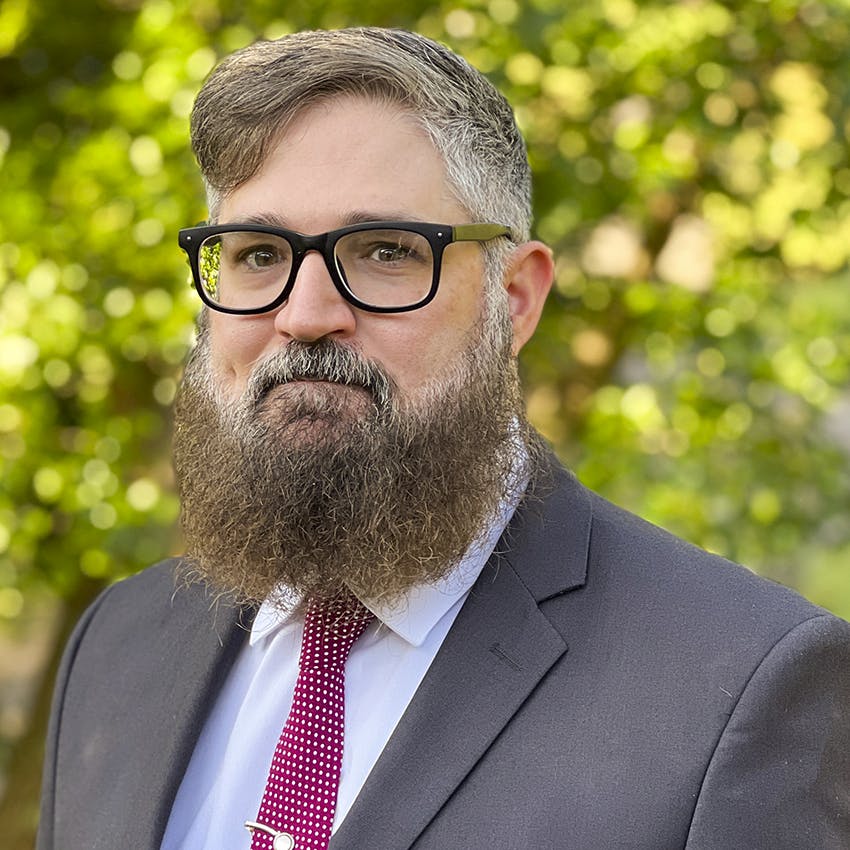Health IT Leaders Tout Technology, Partnerships and Innovation
Officials noted the importance of collaboration between the public and private sector during a lightning round session at the Health IT Summit.

Emerging technologies are driving change through federal health agencies forcing leaders to adapt.
Federal health leaders spoke at GovCIO Media & Research’s Health IT Summit in Bethesda, Maryland, on Thursday about the cultural changes, new workforce strategies and new cyber threats facing their agencies.
Delivering IT to Enable Mission at ARPA-H
The need to change culture in federal agencies is key to innovation, even at new ones like Advanced Research Projects Agency for Health (ARPA-H), said the new agency’s CIO, Nikolaos Ipiotis. That means embracing risk while being mindful of the rules.
“[ARPA-H staff] want to be more innovative. They want to think out of the box. The biggest challenge that we have is that while we’re innovating, while we’re taking risks, we’re still the federal government agency,” said Ipiotis. “We still have to comply with all the mandates and the regulations that we have to do so we have to, in a way, reinvent the wheel of how we’re delivering the services in a more agile fashion.”
Agility is easier for an agency as new as ARPA-H, but there are still stumbling blocks in front of innovation, Ipiotis added. He said his goal is to accelerate the process of modernization and getting systems through the Authority to Operate (ATO) process.
“We have got to figure out the way to take away some of these roadblocks and accelerate the development of these things with an agile approach,” said Ipiotis.
CMS is Embracing AI for Innovation
Centers for Medicare and Medicaid Services (CMS) Chief Digital Strategy Officer Andrea Fletcher said that CMS is embracing AI throughout the agency. She announced a request for information for CMS AI Demo Days, a quarterly program that invites technologists to show CMS what new products can do for the agency.
We are asking people to come in and show us your technology. Tell us what it is, explain it to us. Give us a product demo, a 15-minute pitch. Show us, don’t tell us,” Fletcher said. “Don’t come in and say, ‘I know how to do AI.’ I want to see something that works. Show us some working code. We are opening this up to the entire …health tech sector.”
The Demo Days are part of an AI cross-cutting initiative at CMS to expand the agency’s tech portfolio, Fletcher said. Recruiting and training an AI-capable workforce is critical to the initiative, she added.
“[The initiative is] a thing that spans across the agency to push forward our AI work. I am leading an entire portfolio on workforce,” she said. “How we’re recruiting, how we’re training and how we’re bringing in the next generation of talent.”
Security and AI in Health Care at ASPR
Administration for Strategic Preparedness and Response Office of Preparedness (ASPR) plays a critical role as the risk management agency across the entire public health sector, said ASPR Deputy Director Brian Mazanec.
The increase in cyber attacks in the health sector has shown Mazenac how his agency needs to apply its four-pillar strategy to buttress against ransomware and other attacks. The strategy focuses on harmonizing guidance, providing more resources, increasing accountability and making the Office of Security, Intelligence, and Information Management at ASPR the one-stop-shop for the sector’s cybersecurity needs.
Cybersecurity breaches have far-reaching and devastating effects on the public health system, Mazanec said. ASPR is building tools, helping health organizations rebuild after attacks and guiding organizations on how to build their defenses.
“We are continuing to evolve tools we built during the pandemic, like the supply chain control tower that provides end to end visibility into key therapeutics and countermeasures,” said Mazanec. “Cybersecurity and health care can lead to really adverse patient impacts, loss of care that can even lead to loss of life. We take this very, very seriously.”
Better Health Outcomes
IBM Healthcare Global Industry Technology Leader Brendan Fowkes added that technology needs to empower the staff in health care. He noted that the “complexity” of the health care system means administration can take up time that could be reduced with technology.
“What it takes to actually run any health system, like the VA health system, is people. Sixty percent of the cost of delivering care is the people,” Fowkes said. “It’s not the MRIs, it’s not the tests, it’s the people. It’s a service-based economy. We’ve really been looking at, how do we help? How do we reduce complexity?”
Customer Service at the Forefront
Patients and other consumers in health care environments increasingly use digital services to manage their health care. Providers and government agencies need to evolve their sites and apps to meet consumer needs, said Datadog Federal Healthcare Account Director Jimmy Cesario. The first step in evolving is finding out how people are using these services and where they meet roadblocks, he said.
“There’s been a tremendous amount of interest to capture the data, metrics and analytics around how consumers are coming to these federal websites and services,” said Cesario. “Agencies really want to take this data and help modernize the way they deliver 21st century applications.”
Data is critical to giving everyone a better digital customer experience, he added.
“It is the lifeblood of how we, as a nation, develop breakthroughs and develop new solutions for our healthcare community,” said Cesario. “For industry and the partnerships that we have, we look forward to continuing to work and help drive CX and the mission forward.”
This is a carousel with manually rotating slides. Use Next and Previous buttons to navigate or jump to a slide with the slide dots
-

OPM Extends Tech Force Deadline as Program Tests New Federal Hiring Model
High demand prompted OPM to extend Tech Force applications to Feb. 2 as the agency pilots centralized, skills-based hiring.
5m read -

FDA Outlines AI Principles for Drug Development
New FDA guidance outlines 10 principles for using AI in drug research, development and manufacturing, developed with European regulators.
3m read -

Federal AI Enters a ‘Storming Phase’ Under the Genesis Mission
National labs are working to reduce complexity, connect compute and deploy assured autonomy to speed AI research and deployment.
3m read -

Agencies Turn to Industry to Scale AI, Develop Federal Workforce
Federal IT leaders say industry partnerships are critical to overcoming workforce and technical challenges in AI adoption.
3m read









